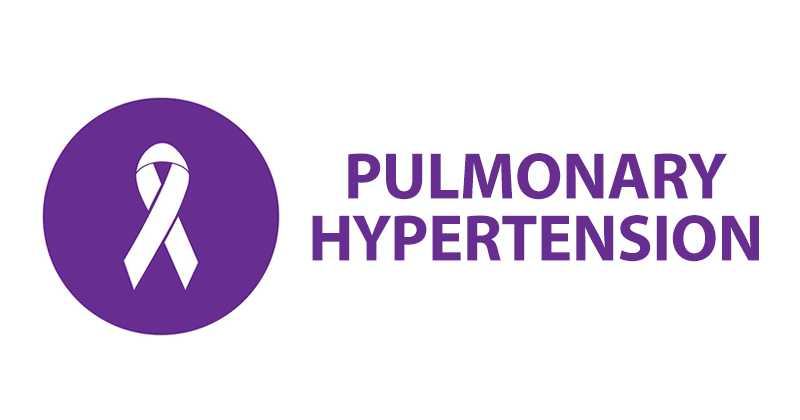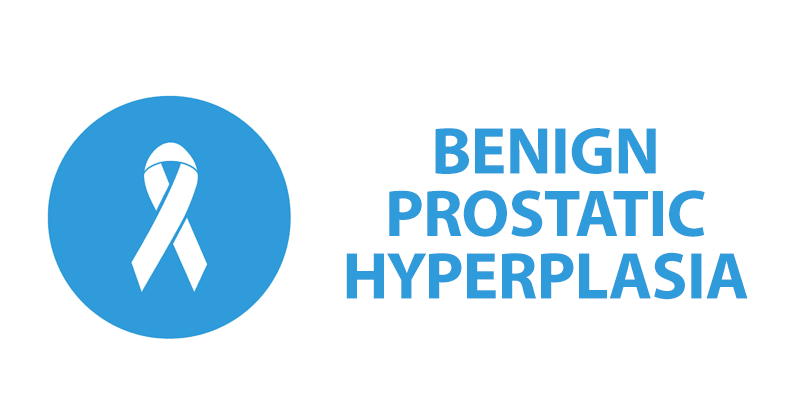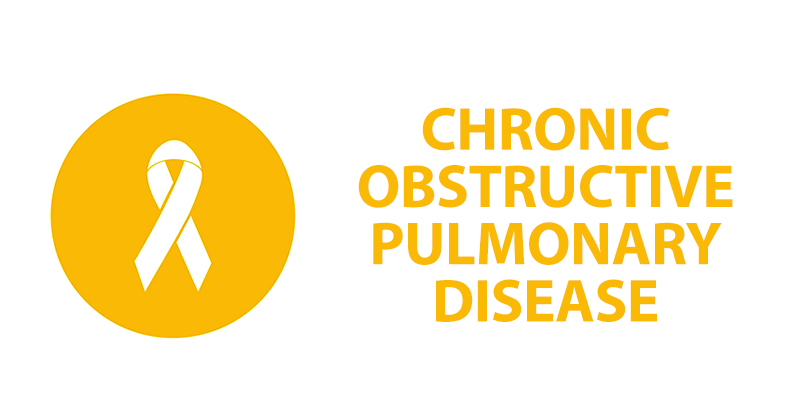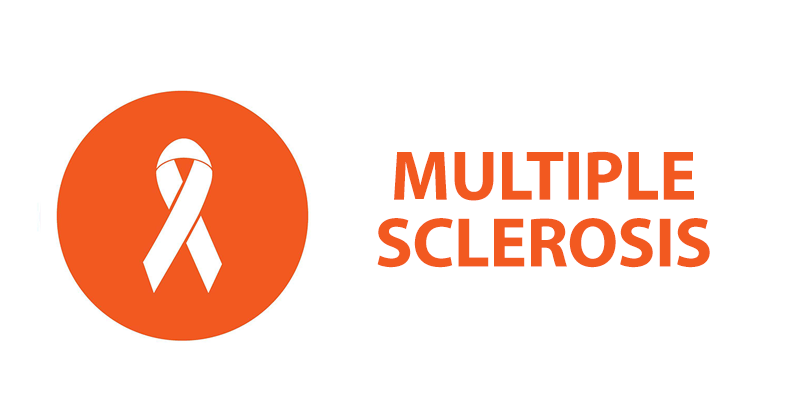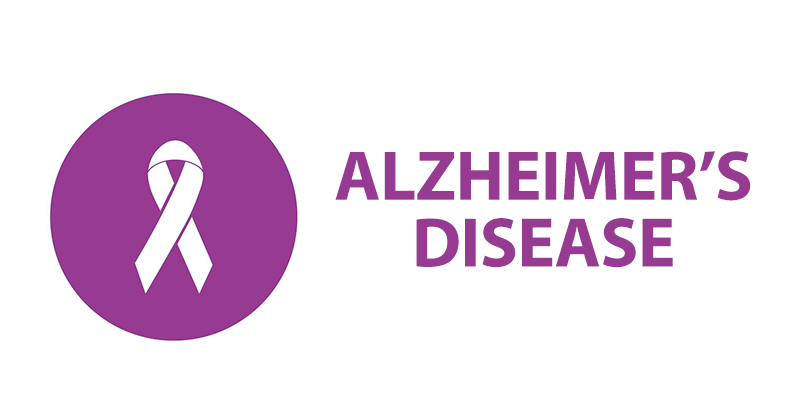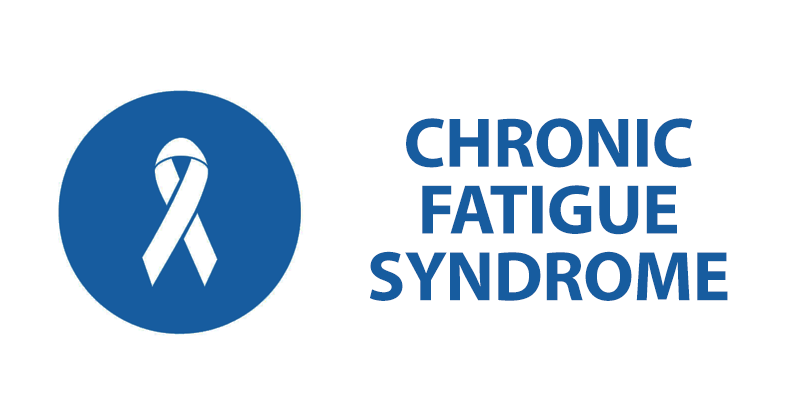14 Invisible Illnesses You May Not Know About
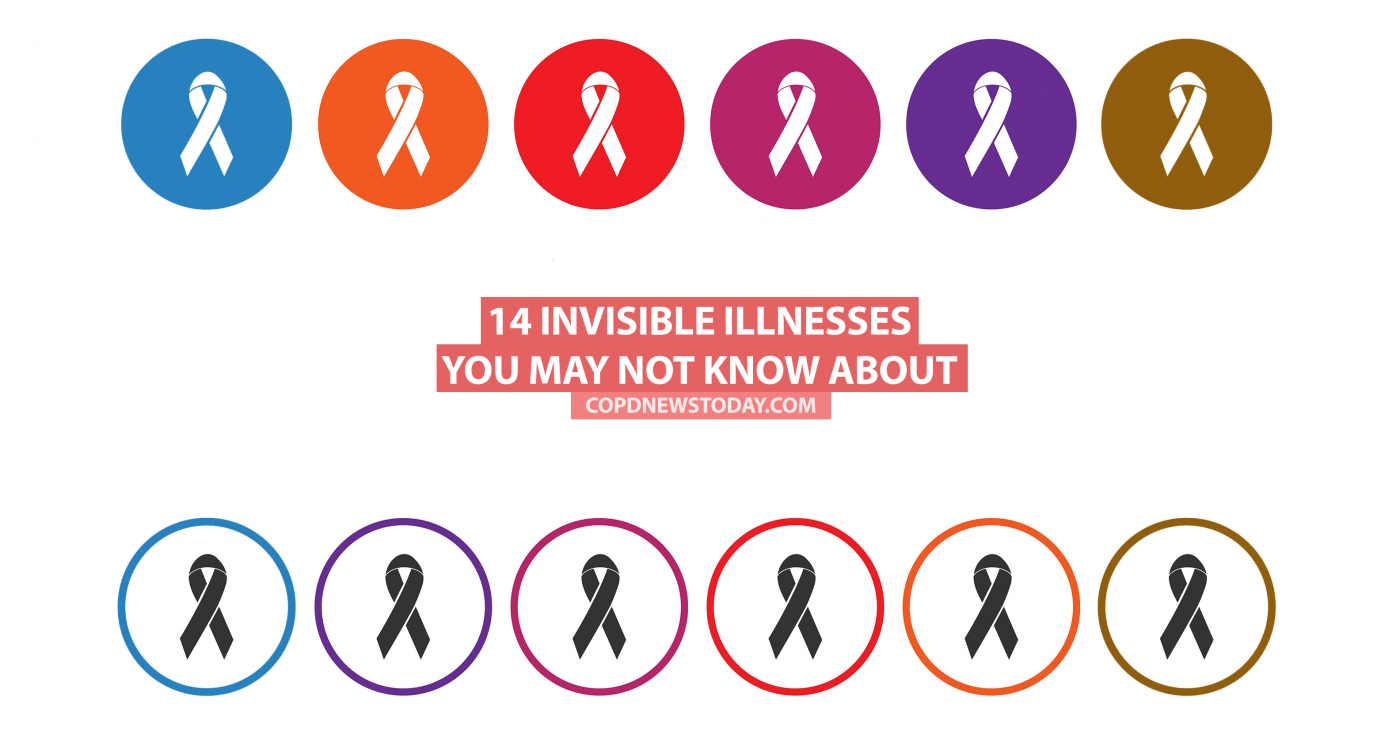
Invisible illnesses are conditions patients have that are not obvious when looking at them. Often people with an invisible illness face a lot of prejudice; others accuse them of faking, lying or exaggerating their illness. People just don’t fully understand what patients with invisible illnesses are going through.
Just because you cannot see a person’s illness doesn’t mean they don’t have one. Just because a person looks OK doesn’t mean that they’re feeling OK. Invisible illnesses often have no cure and patients need to take medication for the rest of their lives to help control and manage the symptoms.
Here are some of the invisible illnesses that could be affecting your friends and colleagues that you wouldn’t know about unless they told you (based on information from bustle.com):
Cancer comes in many different forms and certainly for most cases you wouldn’t know a person was being treated for cancer unless they told you. While chemotherapy can often make cancer patients lose their hair, other forms of cancer treatment leave no visible outward signs.
COPD linked to structural changes in brain regions which regulate fear and breathlessness.
Scleroderma is an autoimmune disease that causes an over-production of collagen. This can lead to problems with skin thickening, joint pain, and internal organ complications. While many scleroderma patients suffer from obvious facial and body changes, other scleroderma patients will not have any visible signs of the disease or signs that are hard for an untrained eye to spot.
Airway hyperreactivity test may identify COPD patients with an asthma overlap.
Cystic fibrosis is a disease where patients have an increased level of mucus in their vital organs. This primarily affects the lungs and pancreas and is life-threatening. Cystic fibrosis leaves patients susceptible to serious and sometimes fatal lung infections and their pancreas is unable to produce enzymes needed to extract nutrients from food.
Millions awarded to Australian university to develop treatments for COPD and asthma.
Pulmonary fibrosis is a serious lung disease where scarring of the lung tissue leads to chronic shortness of breath and fatigue. Patients may have pulmonary fibrosis as a secondary illness to an autoimmune disease such as scleroderma or lupus.
Gold treatment recommendations now include endobronchial valves to manage COPD.
Another serious lung disease which can develop as a result of an autoimmune disease or on its own is pulmonary hypertension. An increase in blood pressure in the lungs leads to the right side of the heart having to work harder to pump oxygenated blood back into the lungs, which can cause heart failure.
Positive phase 3 clinical trial data of COPD therapy Revefenacin reported by Theravance and Mylan.
Fibromyalgia is a musculoskeletal condition where patients experience extreme pain in various trigger points in their muscles and joints, exhaustion and problems with memory and concentration. The condition usually affects women between the ages of 25 and 60.
Researchers find a high prevalence of COPD in African American women who have never smoked.
Lupus is another autoimmune disease where the immune system begins to attack the body rather than defend it. Lupus can present a variety of symptoms, some of which may be apparent (like a butterfly rash), but others (like flu-like fevers, chronic fatigue, and internal organ complications) are not visible.
Understand more about what happens to the lungs in COPD patients with this animated film.
Mostly affecting men over the age of 50, benign prostatic hyperplasia (BPH) or enlarged prostate causes men to experience problems with urination. The prostate grows until it begins to squeeze the urethra causing pain and other symptoms involved in urination.
Discover eight interesting facts about lungs.
Chronic obstructive pulmonary disease (COPD) is a very common disease in the U.S. Visible signs of the disease include a persistent cough and shortness of breath. Like most lung diseases, there is no cure for COPD, but lifestyle changes and medical treatments can help to slow the progression of the disease.
Find out more about the pathology and treatment of COPD.
This chronic lung disease is usually due to either a childhood infection that has compromised the lungs or another serious lung disease like COPD or cystic fibrosis. Scarring of the bronchi (branches in the lungs) makes breathing difficult and often results in a chronic cough, chest pain, wheezing, and shortness of breath.
Find out what you need to know about COPD.
Not to be confused with irritable bowel disease, this serious autoimmune disease manifests itself as either Crohn’s disease or ulcerative colitis. Patients with IBD suffer painful ulcers in their digestive tract leading to many symptoms such as internal bleeding, diarrhea and constipation, abdomen pain, fatigue and weight loss. Many patients will need to have part of their colon removed.
Find out how COPD affects the lungs.
There are outwardly visible symptoms of multiple sclerosis but not all patients will be physically handicapped and need a wheelchair. MS presents a variety of symptoms and no two patients experience the disease in the same way. MS is an autoimmune disease which attacks the central nervous system and tampers with the flow of information between the brain and the rest of the body.
Find out more about these COPD myths and facts.
Alzheimer’s disease is a progressive neurological condition that affects a person’s memory and brain function. People suffering from Alzheimer’s disease may be hard to detect during the early years, they may just appear a little forgetful. As the disease progresses, it will become more apparent–patients’ confusion and lack of memory becomes more obvious, as well as the physical symptoms of the disease.
Understand more about what happens to the lungs in COPD patients by watching this animated video.
Many people will suffer from chronic fatigue syndrome as a standalone disease, but some have it as a secondary illness. Many patients will experience the same level of fatigue as those with other invisible illnesses such as MS, scleroderma, and lupus but without the physical complications of these diseases.
COPD News Today is strictly a news and information website about the disease. It does not provide medical advice, diagnosis or treatment. This content is not intended to be a substitute for professional medical advice, diagnosis, or treatment. Always seek the advice of your physician or another qualified health provider with any questions you may have regarding a medical condition. Never disregard professional medical advice or delay in seeking it because of something you have read on this website.








